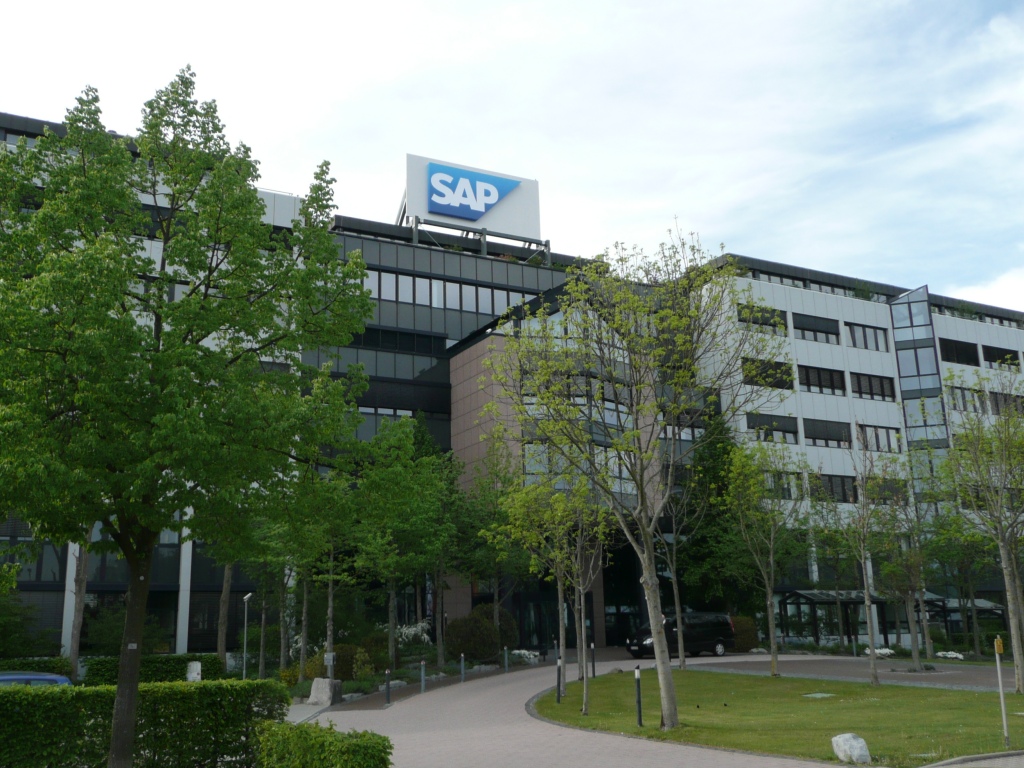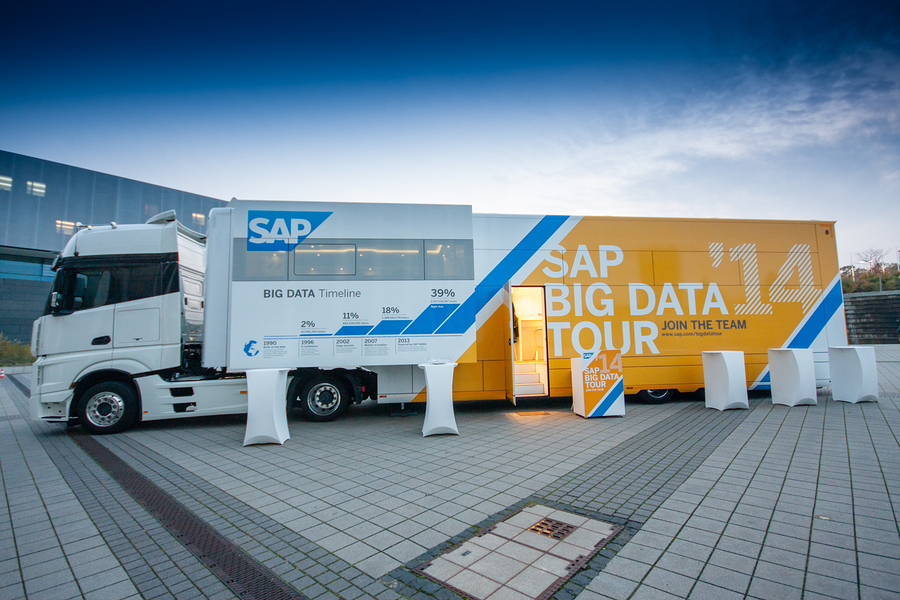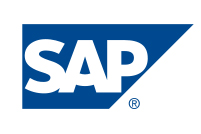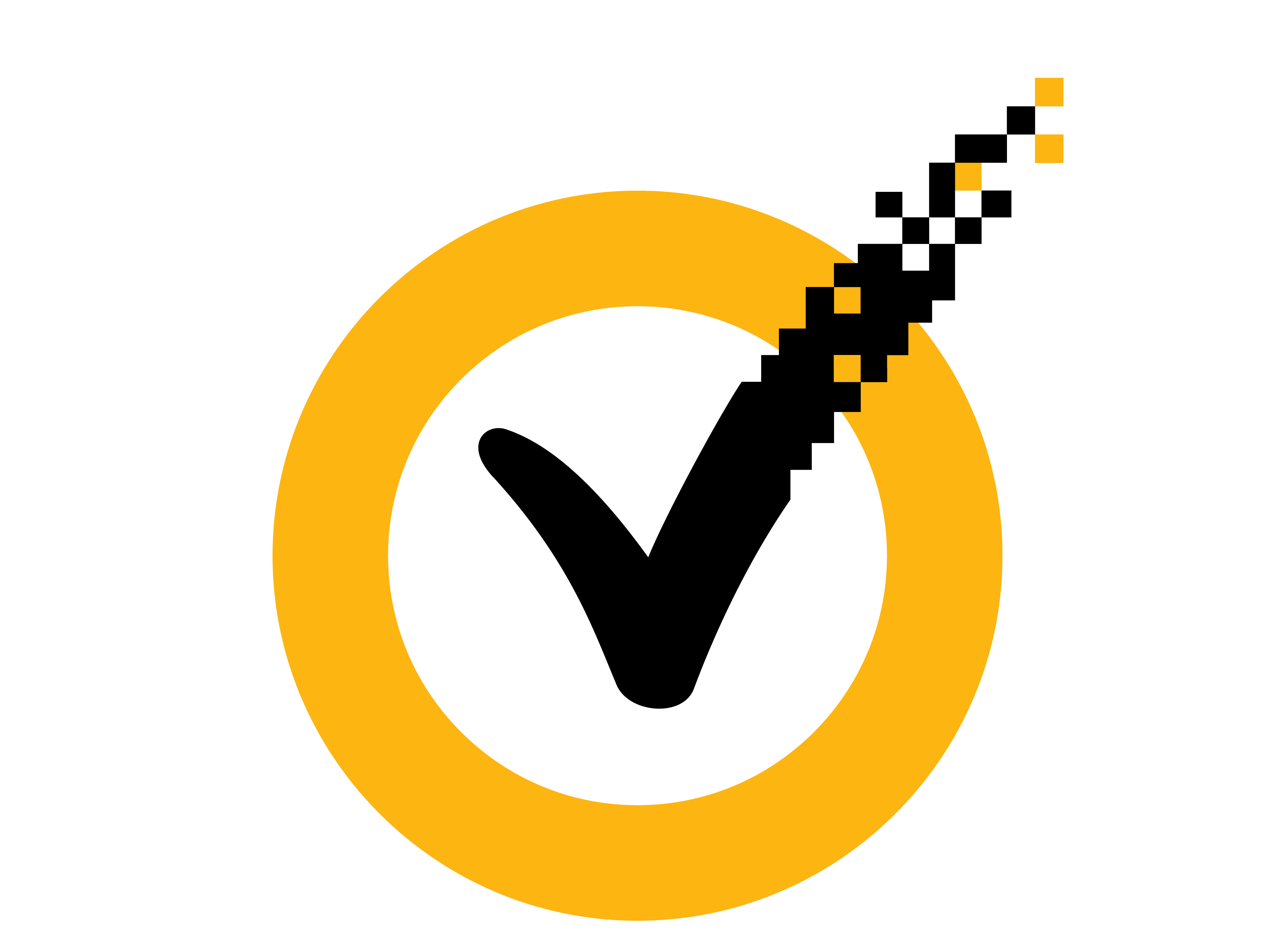Do SAP's licensing changes signal a break with complexity?
Will SAP's new licensing model reassure customers or is it back to the drawing board?

Against a backdrop of multi-million dollar legal battles with high profile customers, SAP is trying to reassure its vast user base that it doesn't hold a grudge.
It's doing that by addressing an issue at the heart of its litigation - indirect licensing.
As systems become more interconnected, it's increasingly common for an ERP system to touch not just other aspects of an organisation's infrastructure, but third-party systems too, whether that's another firm's or a customer's device.
That's roughly the situation UK firm Diageo found itself in this year when SAP took it to court, demanding $54 million in damages for all the licenses Diageo hadn't bought for customers and staff accessing data via third-party applications that hooked into SAP's ERP and database software.
Diageo lost that case, though the damages are still to be decided. An even bigger $600 million compensation claim against Stella Artois brewer Anheuser-Busch InBev is underway - Anheuser allegedly allowed indirect and direct access without user licenses.
This left many of SAP's other 350,000 customers feeling uneasy. A poll conducted by the ITAM Review of its SAP Special Interest Group members found that indirect access was the greatest concern for 32% of respondents.
Then SAP announced a change in licensing to assuage these worries: instead of relying on a user license model by default, earlier this month the ERP giant introduced a different method of licensing - an order-based model.
Get the ITPro daily newsletter
Sign up today and you will receive a free copy of our Future Focus 2025 report - the leading guidance on AI, cybersecurity and other IT challenges as per 700+ senior executives
For customers who use ECC or S/4 HANA, procure-to-pay and order-to-cash scenarios will both be order-based.
That means if you're buying new stock from a supplier (procure-to-pay), or a customer orders something from your website (order-to-cash), it's the order that will be priced, not the multiple touchpoints from a user to your S/4 HANA system.
Hala Zeine, SAP's head of commercialisation strategy, tells IT Pro the new model is better for both customers and SAP in transaction scenarios.
"How many orders we process to the customer is directly related to the value," she says. "The more we process, the faster we do it, the less time customers need to [spend on] this. This is all done real-time so this is much more valuable than looking at how many users touched the system as you go through these processes."
Indirect Static Reads (passive reads) - accessing customer data that was in SAP's database to read it (not to process it or to action a real-time system query) - will also be included in a customer's existing software license.
SAP's indirect access amnesty
The new order-based approach might resemble an olive branch for customers fearful of SAP audits in light of the lawsuits: it comes with a promise that SAP won't demand "back maintenance" as long as users disclose indirect access use cases going forward.
"Customers who feel like maybe they're partially licensed or that this is raising awareness of a topic, they can come to us," says Zeine. "We're saying in a very empathetic way, [let's] not discuss anything about back maintenance or when did this start or why haven't you licensed in the past, let's look forward together and get your license directly under the new measure, and convert whatever you've maybe partially licensed into this new way."
Those customers who are already fully licensed don't have to do anything, and customers who approach SAP about being "under-licensed" won't be hit by lawsuits for back maintenance, in other words.
Despite the ongoing legal cases, SAP appears to accept customer criticism that its licensing can be opaque and complex.
"We're really interested in pursuing and continuing great relationships [with our customers] and we understand that making our pricing more predictable more consistent, more clear, is definitely going to help in that endeavour," Zeine explains.
But how big a change is this?
"I was at CEO Bill McDermott's keynote at Sapphire Now [SAP's annual conference] when he made his two announcements regarding licensing," says Julian Bond, head of ICT at Hillarys, a blinds company that's a longtime SAP customer, and one that recently implemented S/4 HANA.
"I can only think that this is the first part of SAP's change rather than the totality of it. Let me illustrate - we use SAP's CRM system to manage our customer service. We don't use it for processing sales orders (as we have a key enterprise app for that). So would the cost for this now be zero? I don't think so."
For Duncan Jones, principal analyst at Forrester, "it's not a huge change". "There was already a per sales order option for EDI [electronic data interchange] and e-commerce integration. Passive read was never 'use', so that's not a change, merely SAP belatedly admitting what should have been obvious."
This passive read use case is the most common one because e-commerce and PoS systems often need to check prices and inventory in real-time, and Jones contends that purchase orders are "mostly batch integration", therefore they don't require user licenses.
But the UK & Ireland User Group welcomes the "clarity" around these processes, which it said had caused consternation among its members. Chairman Paul Cooper says: "Broadly speaking, moving from a named user [model] to [a] business metric-based model for certain scenarios should make life simpler for most customers."
-
 M&S suspends online sales as 'cyber incident' continues
M&S suspends online sales as 'cyber incident' continuesNews Marks & Spencer (M&S) has informed customers that all online and app sales have been suspended as the high street retailer battles a ‘cyber incident’.
By Ross Kelly
-
 Manners cost nothing, unless you’re using ChatGPT
Manners cost nothing, unless you’re using ChatGPTOpinion Polite users are costing OpenAI millions of dollars each year – but Ps and Qs are a small dent in what ChatGPT could cost the planet
By Ross Kelly
-
 The power of IBM Power for SAP HANA and SAP S/4HANA environments
The power of IBM Power for SAP HANA and SAP S/4HANA environmentswhitepaper Greater efficiency, reduced carbon footprint
By ITPro
-
 Questions you still need to ask SAP about indirect access
Questions you still need to ask SAP about indirect accessAnalysis SAP believes it has solved customers' concerns around indirect access, but some unanswered questions remain
By Joe Curtis
-
 AWS lets users run SAP apps directly on SUSE Linux
AWS lets users run SAP apps directly on SUSE LinuxNews Partnership brings SUSE's Enterprise Server for SAP into Amazon's cloud
By Clare Hopping
-
 SAP: Can licensing keep pace with IoT innovation?
SAP: Can licensing keep pace with IoT innovation?Analysis Customers want more transparency over SAP's licensing roadmap
By Joe Curtis
-
 Tennis coaches to use on-court data insights from SAP
Tennis coaches to use on-court data insights from SAPNews Mobiles running real time analytics to help tennis players such as Serena Williams and Maria Sharapova
By Rene Millman
-
 SAP splashes £2.18bn on SuccessFactors
SAP splashes £2.18bn on SuccessFactorsNews The firm boosts their business software with the inclusion of Human Capital Management.
By Jennifer Scott
-
 Symantec results better than expected
Symantec results better than expectedNews Symantec posts some positive results, beating Wall Street expectations.
By Tom Brewster
-
 Benioff bashes anti-Salesforce Microsoft marketing
Benioff bashes anti-Salesforce Microsoft marketingNews Marc Benioff said he plans to hit Microsoft where it hurts with some upcoming announcements.
By Tom Brewster